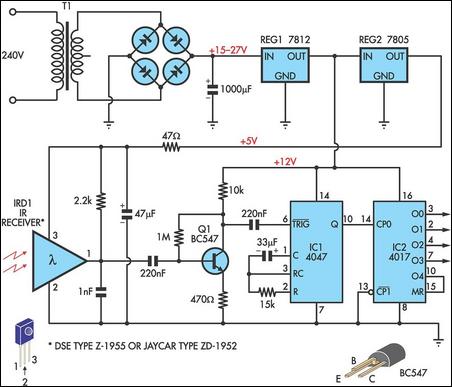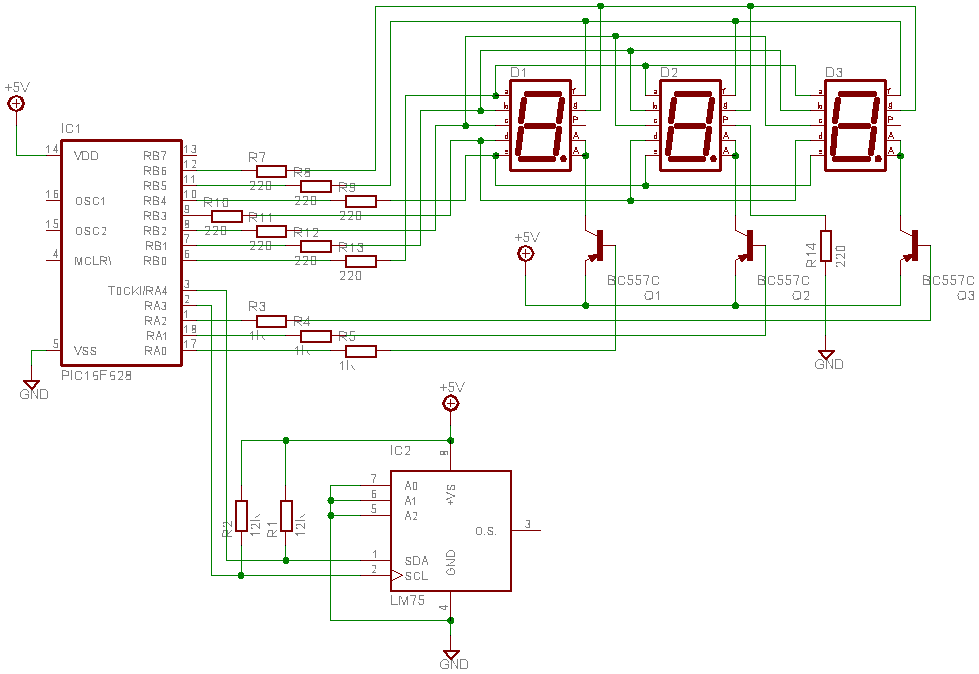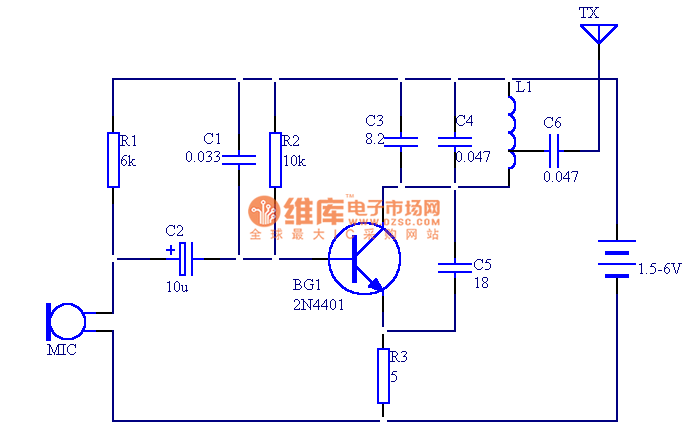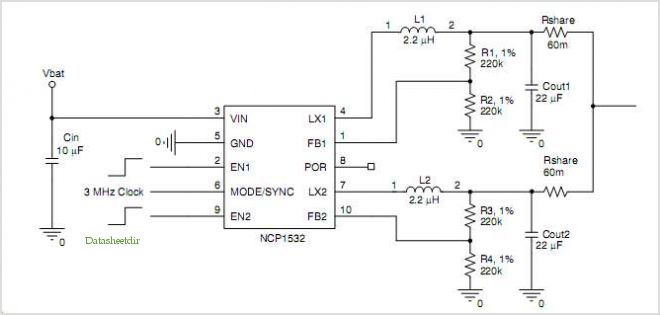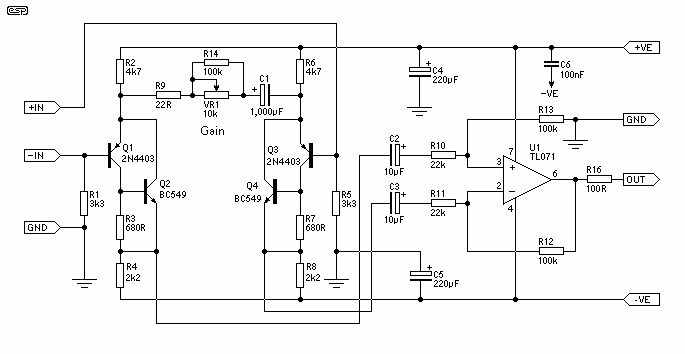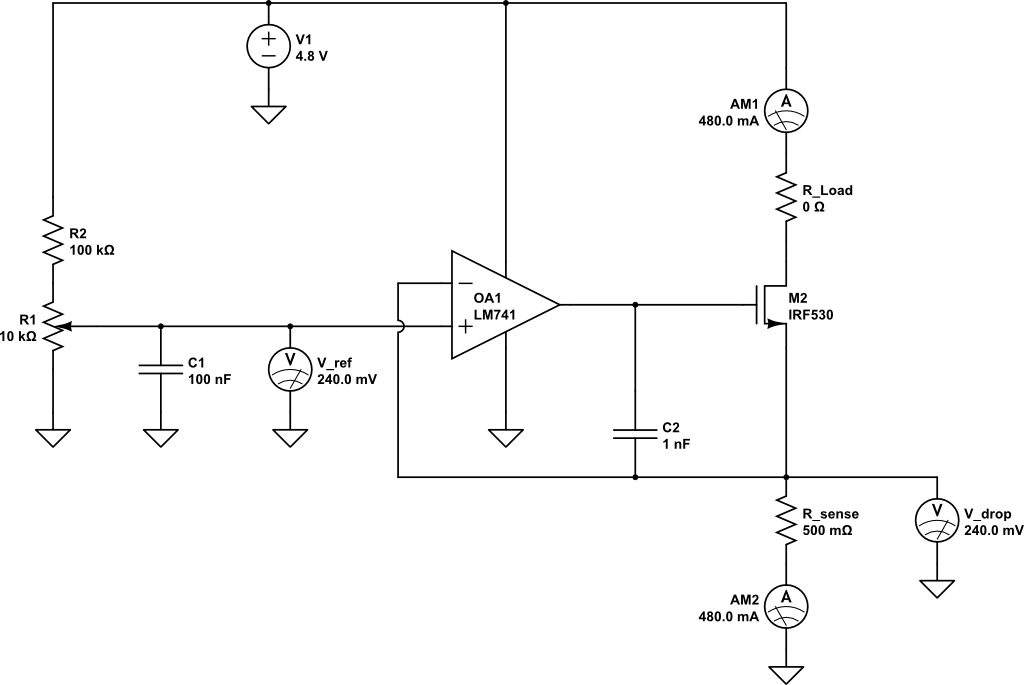
find the output of capacitor microphone in theory or augur
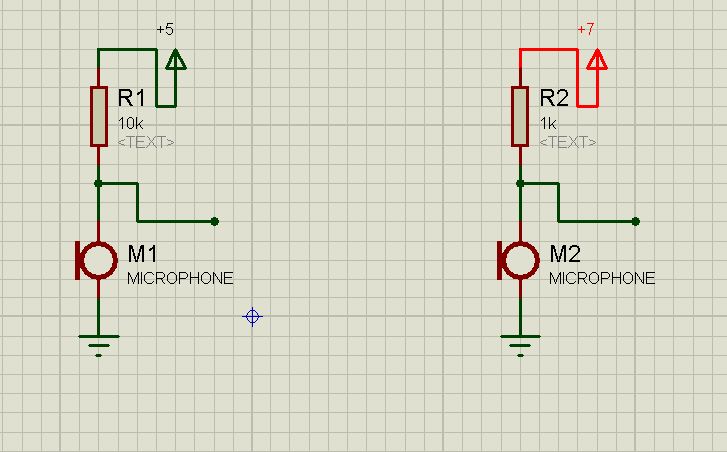
How can one theoretically determine the output of a capacitor microphone, or estimate it without testing? For instance, in the following circuits, what is the output of each?
The output of a capacitor microphone, also known as a condenser microphone, is influenced by several factors including the circuit configuration, power supply, and the characteristics of the microphone itself. The basic operation of a capacitor microphone involves a diaphragm that vibrates in response to sound waves, creating variations in capacitance that are converted into an electrical signal.
In a typical circuit, the capacitor microphone is connected in parallel with a biasing resistor and often coupled with an amplifier to boost the signal for further processing. The output voltage can be calculated using the formula V_out = (V_bias * C_microphone) / (C_microphone + C_load), where V_bias is the bias voltage supplied to the microphone, C_microphone is the capacitance of the microphone, and C_load is the load capacitance in the circuit.
In practical applications, the output will also depend on the frequency response of the microphone and the impedance of the connected load. Additionally, various circuit configurations such as using an operational amplifier can significantly enhance the output signal and improve the signal-to-noise ratio. Understanding these parameters is essential for accurately predicting the output of a capacitor microphone in different circuit setups.Hello how can find the output of capacitor microphone in theory or augur it without test in? for example in these circuits what is the output of each.. 🔗 External reference
The output of a capacitor microphone, also known as a condenser microphone, is influenced by several factors including the circuit configuration, power supply, and the characteristics of the microphone itself. The basic operation of a capacitor microphone involves a diaphragm that vibrates in response to sound waves, creating variations in capacitance that are converted into an electrical signal.
In a typical circuit, the capacitor microphone is connected in parallel with a biasing resistor and often coupled with an amplifier to boost the signal for further processing. The output voltage can be calculated using the formula V_out = (V_bias * C_microphone) / (C_microphone + C_load), where V_bias is the bias voltage supplied to the microphone, C_microphone is the capacitance of the microphone, and C_load is the load capacitance in the circuit.
In practical applications, the output will also depend on the frequency response of the microphone and the impedance of the connected load. Additionally, various circuit configurations such as using an operational amplifier can significantly enhance the output signal and improve the signal-to-noise ratio. Understanding these parameters is essential for accurately predicting the output of a capacitor microphone in different circuit setups.Hello how can find the output of capacitor microphone in theory or augur it without test in? for example in these circuits what is the output of each.. 🔗 External reference
